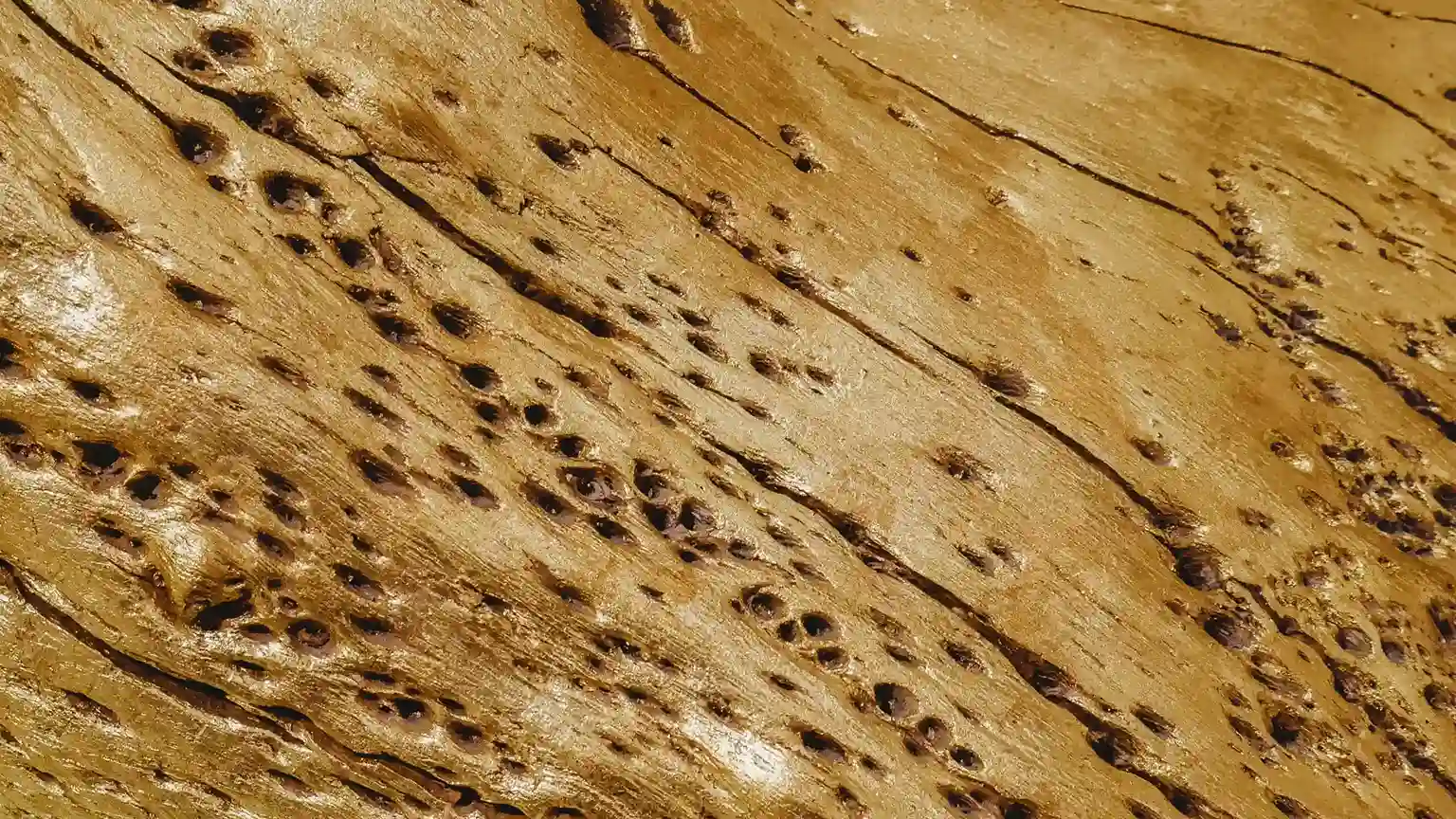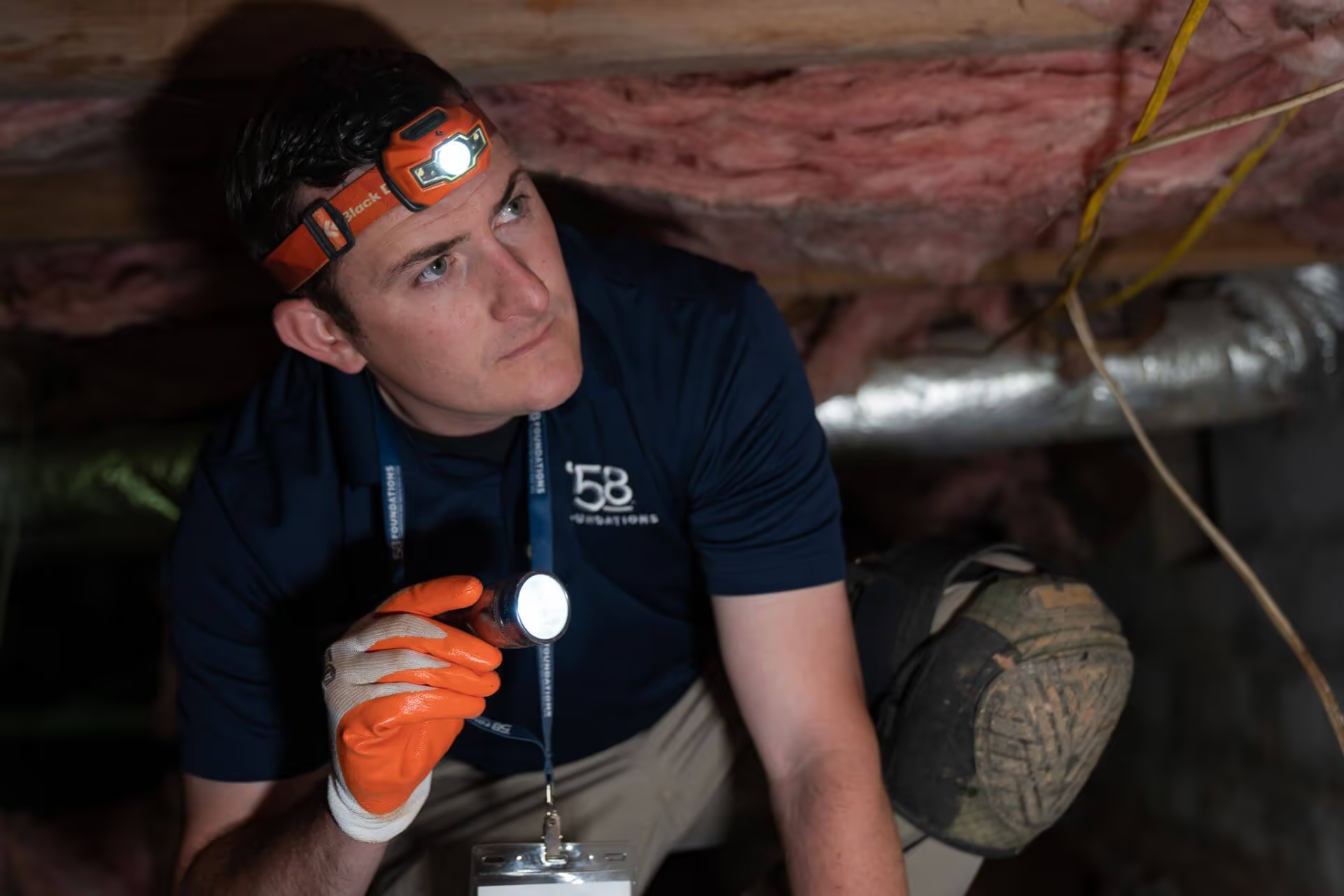Termite damage in basement wooden supports can weaken your home’s structure. Learn how termites infest wood, the signs of damage, and how to prevent further destruction with foundation repair solutions.






Termites can wreak havoc, particularly when infiltrating a home’s wooden supports. Shielding your residence from termite infestation entails maintaining a basement or crawl space that remains devoid of excess water and moisture, encompassing leaks and airborne dampness.
Spotting termite infestation in basement wooden supports can prove challenging, as homeowners often uncover the issue after substantial damage has already occurred. However, certain telltale signs can help identify a potential termite problem. These cues encompass the presence of mud tubes on walls and wooden support beams, wood that appears damaged or hollowed out, soft areas on wooden structures, and the discarded wings and bodies of swarmers.
It’s essential to acknowledge that some of these signals may also point to other insect infestations like carpenter ants. Hence, if you suspect a pest dilemma within your dwelling, it’s prudent to enlist the assistance of a pest control professional.
Following the eradication of a termite or other insect infestation, maintaining a dry basement or crawl space is pivotal to deterring their resurgence. Preserving appropriate moisture levels likewise acts as a proactive measure against future termite encroachments.
Effectively drying your basement and crawl space necessitates rectifying any floor or wall leaks. This involves the installation of a comprehensive basement or crawl space waterproofing system, encompassing subfloor and wall drainage. Addressing any existing water presence is a primary prerequisite.
Once moisture has been eliminated, the next step is dehumidifying the air in your basement or crawl space. Achieving this requires deploying a suitable dehumidification process. In vented or dirt floor crawl spaces, encapsulation might be indispensable to thwart the unrestricted influx of exterior air.
For effective dehumidification in a basement or crawl space, a specialized dehumidifier designed for these moisture-prone environments is crucial. Our HumidiGuard basement and crawl space dehumidifiers are meticulously engineered to withstand these challenging, typically damp conditions.
For a comprehensive evaluation of our potential to assist you in expelling water and diminishing moisture levels in your abode to avert termite infestation, don’t hesitate to call or contact us via our website.






We respect your privacy. By submitting, you authorize '58 Foundations and Waterproofing to reach you via call, email or text for information about your project needs. We will never share your personal information with third parties for marketing purposes. You can opt out at any time. Message/data rates may apply. Consent is not a condition of purchase. Privacy Policy